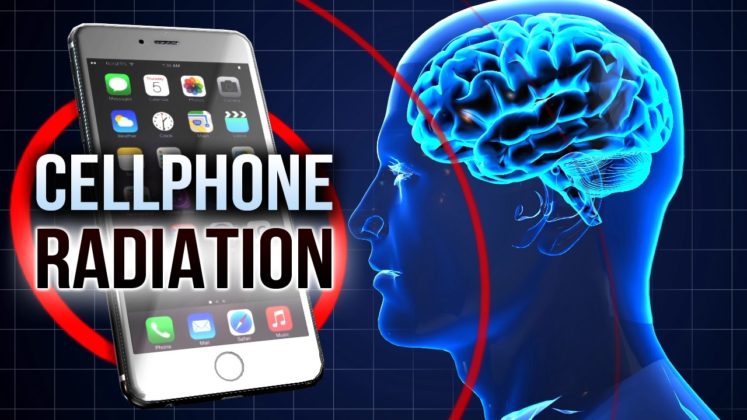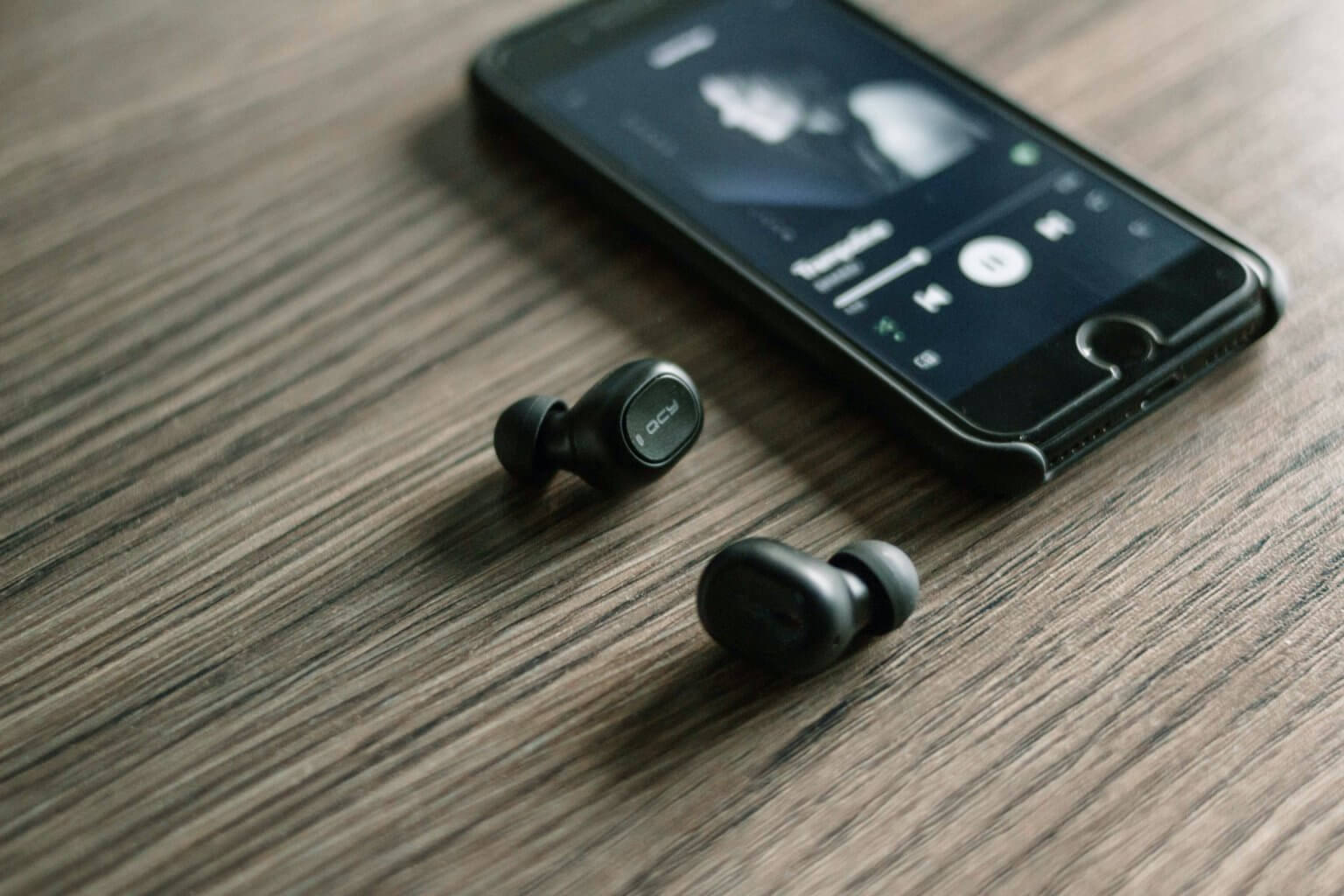

The results showed that the phones’ power densities were below the exposure limit guideline by at least 200 times. Talking Point sent five popular phone models for laboratory tests to find out how much radiation they emit when receiving a call.

It includes information on the phone model’s specific absorption rate, either on the page or via a link. Users might not realise it, but mobile phones contain a section on safety: Go to Settings > About phone > Legal information. In some countries, like the United States and Canada, it is 1.6 W/kg. Typically, the regulatory exposure limit for the head and torso is two watts per kilogramme (W/kg). Or as Venkatarayalu put it, “that translates directly into the amount of heat that builds up over time” when using the phone. This measures the amount of RF energy absorbed by the body per mass of tissue. When it comes to mobile phones, before they can be put on the market, they must be designed and tested to operate below international reference levels for a measurement called the specific absorption rate. This means “there could be some risk” of cancer, with continued evaluations needed even now. In 2011, the World Health Organisation’s (WHO’s) International Agency for Research on Cancer classified RF as “possibly carcinogenic to humans”, based on a few studies that found an association with a type of brain cancer. “(Radio frequencies) have the ability to, let’s say, heat up the body, for example if that particular device is held close to the body, which in this case is a cell phone,” noted Neelakantam Venkatarayalu, an associate professor from the Singapore Institute of Technology’s (SIT’s) engineering cluster. At the higher end are energy fields such as x-rays and gamma rays.

Their signals operate in the lower end of the electromagnetic spectrum. Mobile phones and electronic devices use radiofrequency to function, for example to transmit data. There are a variety of these products, from stickers selling for S$2 to products that are claimed to protect the vulnerable - children and pregnant women - like beanies for babies and maternity belly wraps.īut how protective are they? And is there a need to be worried about the radiofrequency electromagnetic fields (RF-EMF) emitted by wireless devices? The programme Talking Point investigates. Many more than before, according to several retailers in Singapore that say sales of anti-radiation products have quadrupled over the past five years. How many people, though, wonder how exposed they and their families could be to radiation emitted by these devices?

SINGAPORE: Bluetooth headphones, laptops, smart televisions and watches, tablets and Wi-Fi routers - many of us have these at home and also carry a mobile phone all the time.


 0 kommentar(er)
0 kommentar(er)
